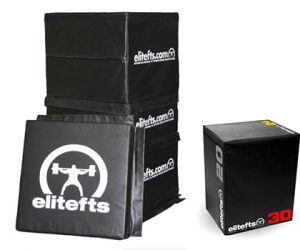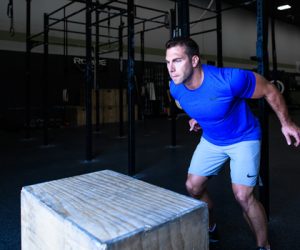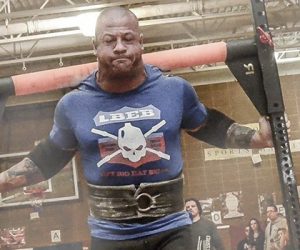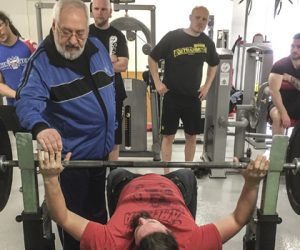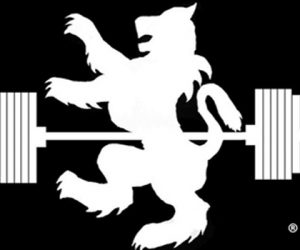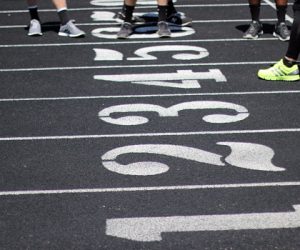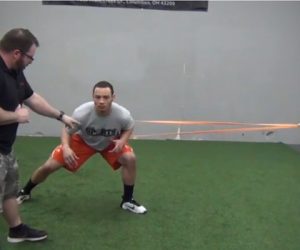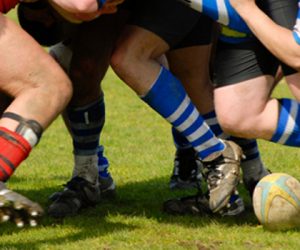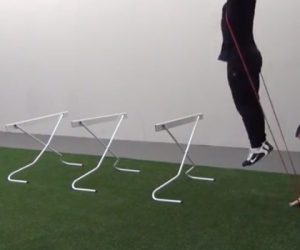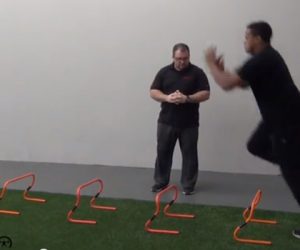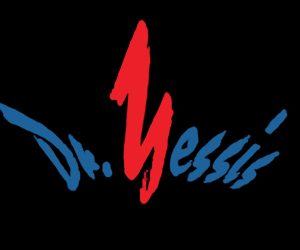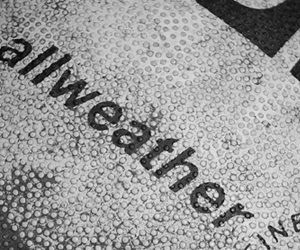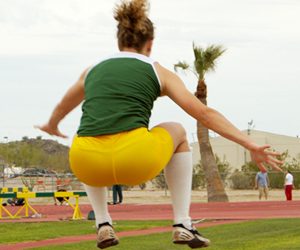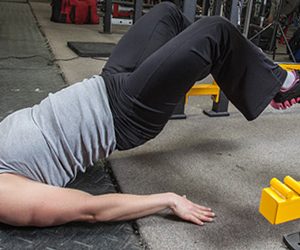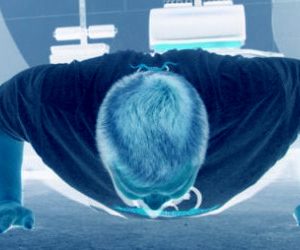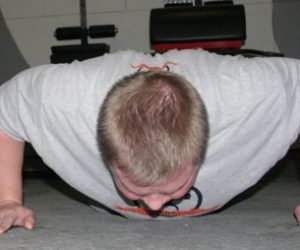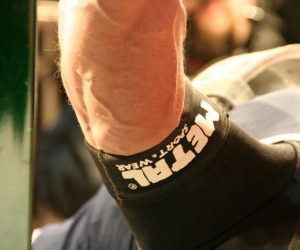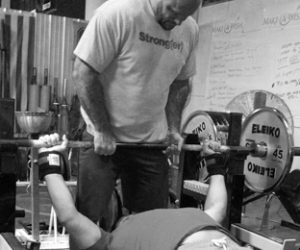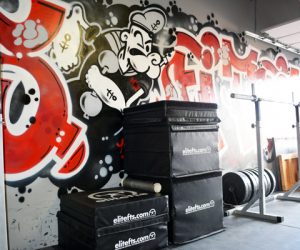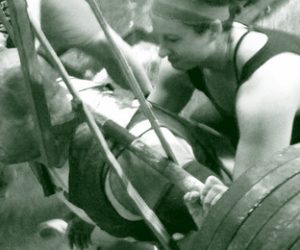How to Adapt Your Training and Plyometrics During the Apocalypse
When you don’t have access to high external loads (i.e., a barbell and weights), then training for maximal strength is pretty much impossible. So we should forget about that as a direct outcome of our training for the time being.
The Post-Surgical Knee: The Stability and Proprioception Rebuild
The initial stages of the balance, stability, and proprioception phase will be performed through the slow rebuilding of ROM through single-leg movements and will eventually use more advanced dynamic movements, such as jumping and landing mechanics drills.
The Best Bang for Your Buck: elitefts Plyobox and Tri Plyo Cube
Jump in — er, jump on the opportunity that comes along with using the elitefts Plyobox and Tri Plyo Cube to train plyometrics!
Plyometrics for Group Programming
Plyometric work is easy to teach, and depending on the variation you choose, easy to recover from. It doesn’t need a huge investment of time from both a learning curve and application perspective. Its inclusion is a no-brainer!
How to Prepare for a Strongman Death Medley
Programming for a death medley event can be tricky. Many people make the mistake of going too heavy right away with maybe one top set — a recipe for disaster. Instead, try out my recipe for a successful death medley.
Boris Sheiko's Thoughts on Westside Barbell
Two giants in the world of strength. Two very different training styles. How can both be so successful?
Training the Attacker
My thirteen-year-old daughter recently started a single weekly session, supplemented with interval running and sports specific training exercises. This is how she’s training for lacrosse.
Should I Lift or Should I Sprint — The Case for Power
In part one of this series, I discussed a brief overview of maximum strength training for team sport athletes. In this section, I will provide a case in support of training for power development.
Dynamic Effort Day for Athletes
Your athletes are not powerlifters. Programming them as if they are will not lead to stronger, faster competitive performance.
'It Looked Good in Theory'
Trends dominate the personal training industry. Rely on self-education to determine the difference between what sounds good and what IS good.
WATCH: Two Lateral Speed Drills with Bands to Improve Change of Direction
Increase agility by using bands to reinforce proper positioning and improve motor patterns in an athletic setting.
Pre-Season Training for the Part-Time Athlete
This program outline gives you the ability to insert the gym-based training, conditioning, and specialized development that addresses your individual pre-season needs.
Resisted Band Jump, Tuck Jump, Sprint Complex
A short complex for intermediate athletes to develop jumping ability and linear speed
WATCH: Low Hurdle Hop Progression
This sequence also allow coaches to progress and regress athletes based on ability, season, and physical readiness.
Three Questions with Dennis Cuturic
Interview with Duquesne University Strength & Conditioning Coach, Dennis Cuturic
Are We Making Progress in Football Training?
It appears that more coaches are concerned with the results that they get from doing particular exercises in the weight room and with particular pieces of equipment.
Three Questions for Coach Kevin Argauer
An interview with University of Pittsburgh Strength & Conditioning Coach, Kevin Argauer.
Jump with a Purpose
Plyometrics help further develop the strength and explosiveness developed in the weight room, but they should be thought of as a way to fine tune an engine.
Five Things the Average Athlete Program is Lacking
Many programs that are geared toward the team sport athlete are missing these five crucial concepts.
Using the Force-Velocity Curve to Build Better Athletes
The force-velocity curve is one of the most important concepts to understand when aiming to increase athletic performance.
Plyometric Considerations for Young Athletes, Part II
Is your athlete a power athlete or one with more elastic qualities? Fine tune a plyometric workout to fit their needs.
Quick Thoughts on the Science of Lifting
It’s something to be concerned with if you’re a competitive athlete because folks are obviously getting busted.
Antagonistically Facilitated Shock Training
Antagonistically facilitated shock (AFS) training describes a novel manner in which to perform shock training or, as it’s more commonly known, plyometrics.
Plyometric Considerations for Young Athletes, Part I
Plyometrics (jump training) is a great tool for improving an athlete’s speed, power, explosiveness, elasticity, eccentric strength, and other aspects of the neuromuscular system such as rhythm, balance, proprioception, movement coordination, and agility.
Energy System Development for Powerlifting
Energy system development is seemingly one of the hottest concepts in the fitness industry lately.
Lower Body Plyometric Training for Female Athletes
Implementing plyometric exercise into a program continues to stir a great debate among coaches, trainers, and physical therapists.
Plyometric Training for Basketball Players
Strength coaches need to assess a few things in regards to basketball players and the implementation of plyometric training.
Problem—Raw Bench Press; Solution—Plyometrics
Speed training in the bench press has become increasingly popular. Louie Simmons of Westside Barbell Club popularized this concept by advocating a speed day in the bench press. Some call it a “dynamic” day, and some call it a “light” day.
Six Things Your Training Should Have (if It Doesn’t Already)
Everyone has a different training program.
Plyometrics—Physiological Mechanisms and Their Validity as a Speed Devel...
The aim of plyometrics is to increase the explosiveness of the muscle allowing an athlete to run faster, jump further, and generate force at a greater rate.
The Simple Guide to Speed Training
Spend a few minutes listening to people and gurus talk about speed training nowadays and it shouldn’t be too hard to understand why the average person can leave a speed training conversation with a billion more questions then they had when they started.
Lift and Learn: The Downfalls of Bodybuilding
I started lifting weights at the age of 13. I recall the first day like it was yesterday! It was 2 weeks before 8th grade ended and I trekked down into my older brother’s room where he had a K-Mart bench, small straight bar and adjustable dumbbells. I carried Arnold’s Encyclopedia with me and followed the program of supersets. I












